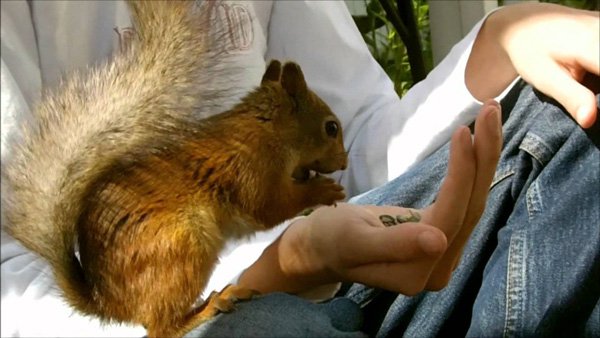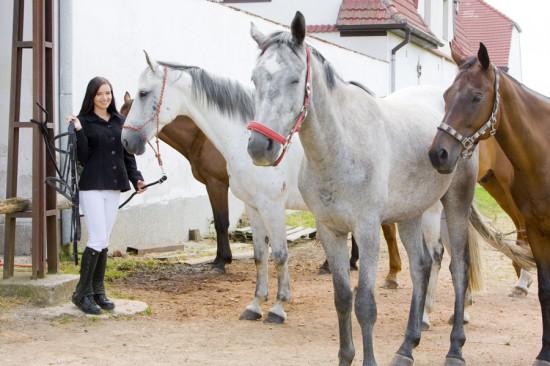

Virtually all dog owners know that there are certain apparently innocuous human foods that can actually be very dangerous to dogs, and at the top of this list is chocolate. However, few dog owners know exactly why chocolate can be harmful to dogs, and many dog owners have a tale of their scavenging canine wolfing down a huge bar of the stuff with no apparent ill effects at all.
So, exactly why is chocolate harmful to dogs, and how risky is it if your dog gets their teeth into it? All dog owners should seek to find out, particularly those that own dogs that are adept at scavenging and eating everything in their paths, such as the well-known canine dustbins that are better known as the Labrador retriever!
Read on to learn more about chocolate and why it is harmful to dogs.
Real chocolate (as opposed to chocolate flavouring) is made of the pods of the cacao or cocoa plant, which itself contains two compounds that dogs do not get on with.
Caffeine is one of these, and while the amount of caffeine in chocolate is not a serious toxin in itself, it can still potentially lead to problems. The main toxic element of chocolate or cocoa is theobromine, a naturally occurring chemical that is contained in all chocolate, with dark chocolate containing more of it than milk or white chocolate.
If your dog consumes enough theobromine, it has a range of systemic effects on the body of the dog, including acting as a diuretic, heart stimulant, muscle relaxant, and blood vessel dilator. Too much theobromine will lead to poisoning in the dog, due to this combination of effects.
The amount of theobromine in any given type of chocolate, how much of it your dog eats, and the size of your dog together are the three factors that determine whether or not a dog will become sick after eating chocolate, with dark chocolate, pure cocoa, and cooking chocolate being the riskiest, while milk and white chocolate contains theobromine in much lower amounts, and so is less risky.
Because different types of chocolate contain different levels of theobromine, the quantity of chocolate eaten is not enough on its own to tell you whether the dose was potentially toxic.
20mg/kg of theobromine or more may be potentially toxic to your dog, and can cause symptoms including vomiting, diarrhoea and excessive salivation and drooling. At higher doses of 40mg/kg or more, symptoms may include a racing pulse, irregular heartbeat, and high blood pressure, and higher doses that this can lead to even more pronounced symptoms, such as tremors, fitting and seizures.
Very high doses of theobromine in relation to your dog’s size can ultimately prove fatal, and it can take a few hours for symptoms of chocolate toxicity in the dog to develop.
If you know or suspect that your dog has eaten chocolate, your first step should be to try to work out how much chocolate they have eaten, and how high in theobromine the chocolate was. This information is not always shown on the packaging, so you may have to make an informed guess based on the type of chocolate that your dog ate.
The theobromine amount, in combination with the size of your dog, will consequently help to give you an indication of how dangerous the amount they ate may potentially be.
If you have caught your dog fairly quickly after they ate chocolate, call your vet ASAP as there will still be time to induce vomiting, and so reduce or negate the effects of the chocolate your dog ate. This is something that should be performed by the vet or under the direction of your vet, so do not try to induce vomiting at home without your vet telling you to do so, and how to do it safely.
If your dog has eaten only a very small amount of chocolate, this was low in theobromine and your dog is large, it is entirely possible that they will not become sick, but you should still monitor them carefully over the course of the following hours and days to make sure of this. You may wish to take your dog along to the vet just in case, for their help and advice.
If your dog has potentially eaten a lot of chocolate or a toxic dose, you should take them along to the vet straight away, even if it is too late to induce vomiting. If your dog does become sick as a result of their consumption, your vet’s clinic is the best place for them, as help is on hand to manage their illness and deal with the symptoms, giving your dog the best chance of potential survival.
Obviously, keeping your dog away from chocolate is the best way to avoid theobromine poisoning, and this includes not only keeping chocolate out of your dog’s reach, but also ensuring that your children and any visitors know that chocolate is not suitable for dogs as well.
 Know All About Choosing Extendable Dog Leads
Know All About Choosing Extendable Dog Leads
T
Know All About Choosing Extendable Dog Leads
Know All About Choosing Extendable Dog Leads
T
 Barnard’s Parakeet
Barnard’s Parakee
Barnard’s Parakeet
Barnard’s Parakee
 Dealing With A Cat That Bites Or Lashes Out
Dealing With A Ca
Dealing With A Cat That Bites Or Lashes Out
Dealing With A Ca
 Horses - Which Breed Is Best For Me?
Horses - Which Br
Horses - Which Breed Is Best For Me?
Horses - Which Br
 Golden Retriever Health And Longevity
Golden Retriever
Golden Retriever Health And Longevity
Golden Retriever
Copyright © 2005-2016 Pet Information All Rights Reserved
Contact us: www162date@outlook.com